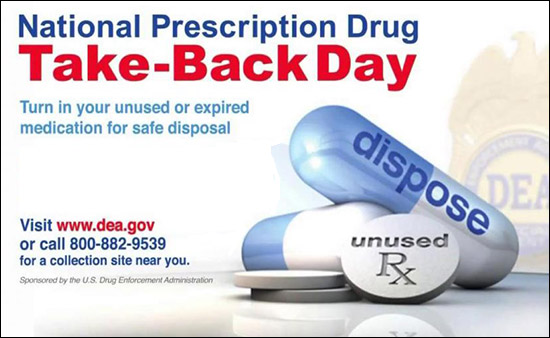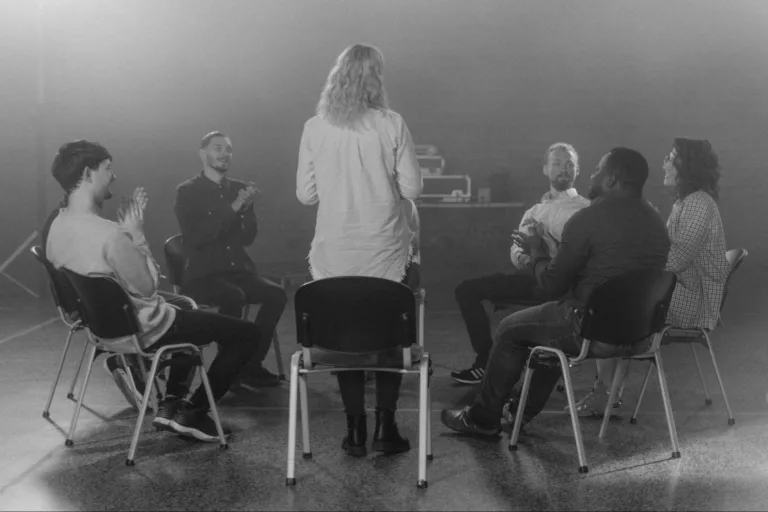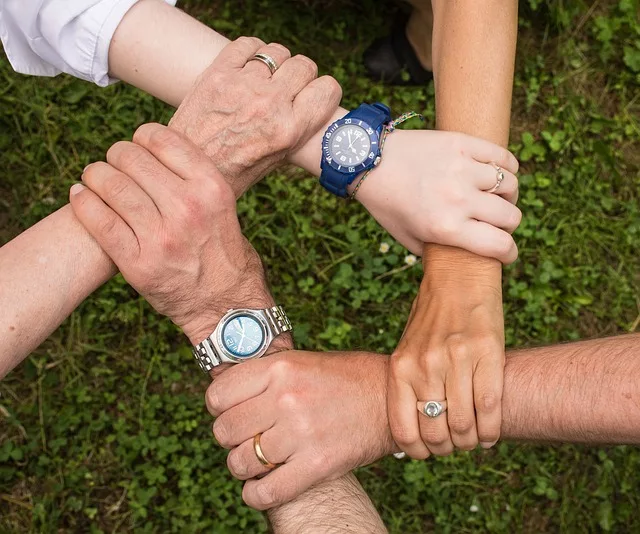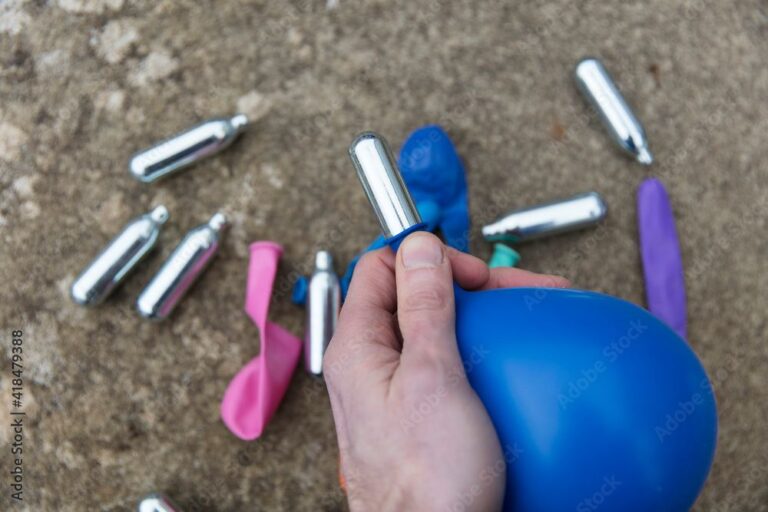Prescription Drug Take-Back Day Saturday, October 24, 2020
The next available date will be Saturday, April 24, 2021.
The Drug Enforcement Administration (DEA) has been hosting the National Prescription Drug Take-Back Day each year since 2010.
The dates for Drug Take-Back Day usually occur on the last Saturday of April and October every year.
Nearly 44 people die every day in the U.S. due to prescription opioid overdose, according to the Centers for Disease Control and Prevention (CDC). National prescription drug take-back days have allowed the DEA and its partners to remove more than 4 million pounds of these drugs from circulation.
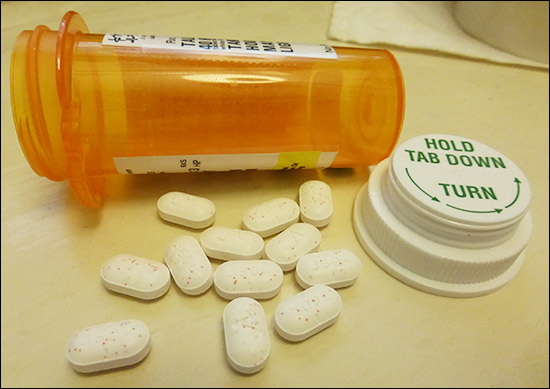
Prescription drug take-back days began as a result of the Controlled Substance Act of 1970, which made no legal provisions for patients and caregivers to properly dispose of unwanted controlled substance prescriptions.
Hospitals, private practice physicians, and even pharmacies were not allowed to take back potentially dangerous leftover medications.
The most recent data suggests that as many as 6.5 million Americans abuse prescription drugs. The National Institute on Drug Abuse also reports that as many as 48 million people (20 percent of the U.S. population) have used these substances in a non-medical way.
Though abuse has declined thanks to efforts like drug take-back days and education, prescription drug abuse is still double the combined number of other illicit substances abused, drugs as heroin, cocaine, LSD, and ecstasy.
Studies have shown that people frequently get the most abused prescription drugs from family and friends, and often from the home medicine cabinet.
What are Commonly Misused or Abused Prescription Drugs?
- Opioids, such as OxyContin, Morphine, Hydrocodone, prescribed for pain
- Central nervous system depressants, like Xanax, Valium, and Klonopin, used to treat anxiety and sleep disorders
- Stimulants, such as Adderall and Ritalin, prescribed for attention deficit hyperactivity disorder
Outside of dropping off unused prescription medications at local law enforcement agencies, individuals had very few options for disposal in the past.
Officials realized that people were leaving prescriptions in the medicine cabinet where they were vulnerable to theft and abuse, tossing them in the trash, or flushing them down the toilet, which could contaminate the water supply.
Congress enacted the Secure and Responsible Drug Disposal Act in 2010. While the DEA continued to host drug take-back days, they began developing new guidelines for discarding prescription medications.
Currently, certain drug treatment facilities, hospitals, clinics, and pharmacies can register to become authorized drug collection centers.
A full list of guidelines and regulations for getting rid of prescription drugs can be found on the DEA’s website.
The Importance of Prescription Drug Take-Back Day
Addiction to prescription drugs is very serious and ruins lives. Because these drugs have become more difficult to obtain, users often resort to drugs like cocaine and heroin, which are, believe it or not, more readily available.
Once the cycle of addiction begins, users can spiral out of control very quickly. Early intervention and treatment are very often successful in giving addicts their lives back.
Getting rid of unwanted or unused prescription medications is a great first step in preventing abuse of these substances.
The U.S. Department of Justice has more information available on their website, along with a link to find a collection site in your area.
There are also links and resources for locations available throughout the year between the official prescription take-back days.
Related:
Proper Disposal of Prescription Medications and Other Drugs
The Use and Abuse of Benzodiazepines, aka Benzos
